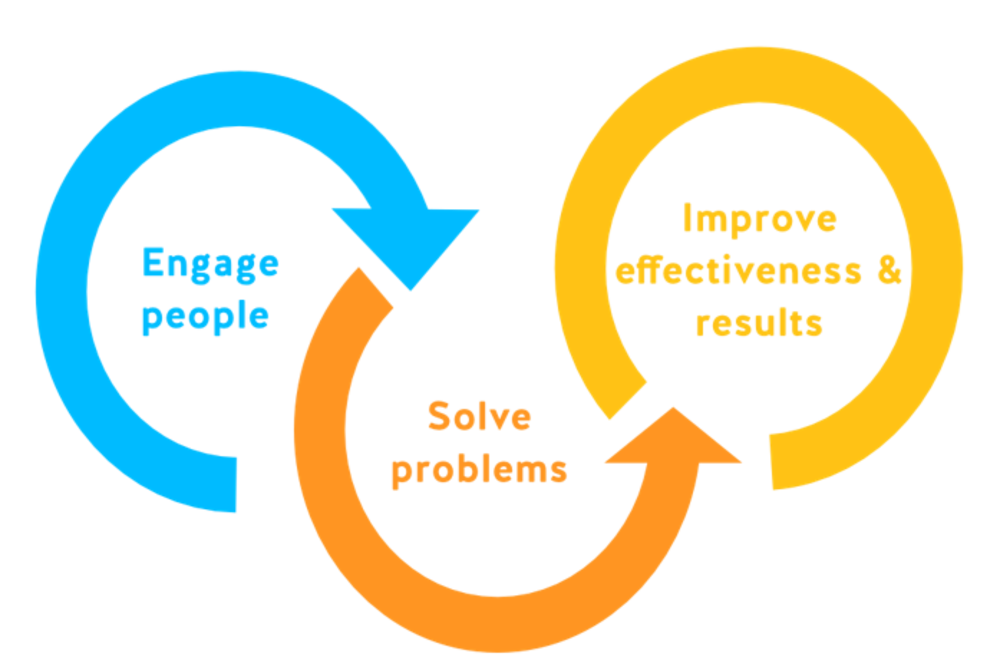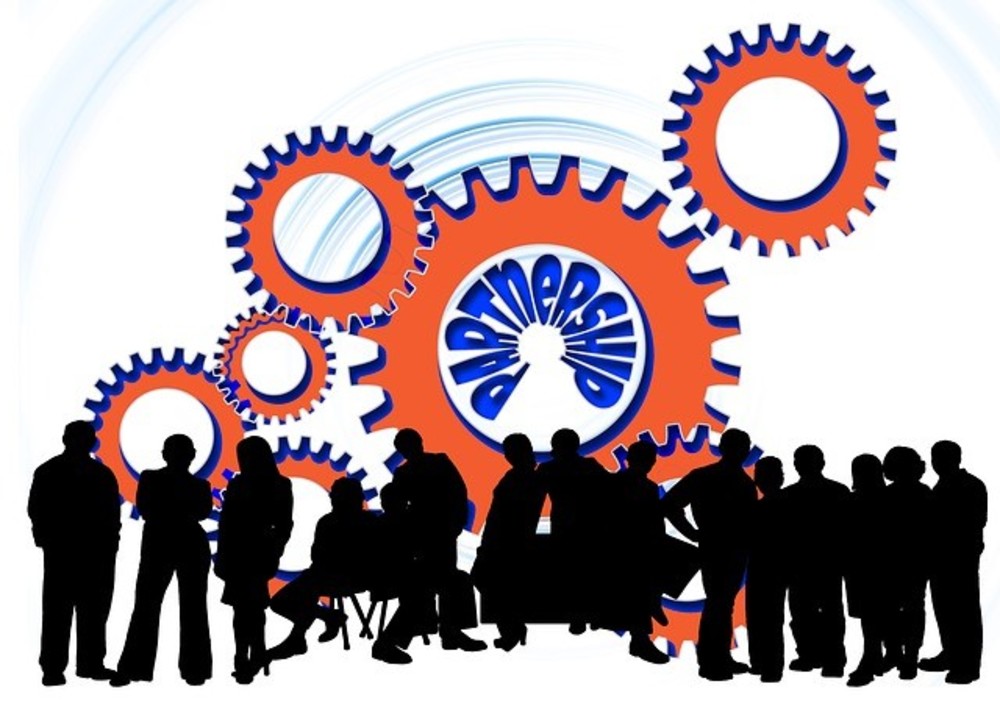This article is part of a blog series on Building Information Modeling (BIM), and explores the challenges and benefits of using BIM in the in-use phase.
Before we can get started, we have to clarify what BIM means in the facility management (FM) and operation phases.

The use of BIM in the operation phase widens the scope of the preventative maintenance concept, facilitating and optimizing the construction performances when in use. If the digital model of the building design is coupled with sensors installed on the equipment and facility management software, maintenance professionals are able to reduce operating costs by optimizing their interventions.
BIM is a methodology based on organizing information operation of a building or other construction works. Intelligently using a digital model (or digital twin) in multi-dimensions.
The collaborative aspect of BIM for the operation and maintenance phases helps optimize costs and deadlines. Contractors, architects, constructors, and engineers collaborate easily with facility managers, as early as the design phase, to make sure that the maintenance will be optimized throughout the whole lifetime of the project to streamline the maintenance process.
In the lifetime cost of construction, the investment is spread as follows:
Human resources costs are the highest source of the expenditure in construction followed immediately by the operations costs excluding the human resources aspect of it.
This is why you should use BIM to manage your building maintenance and optimize your costs during the operational phase.
BIM maps and evaluates the physical aspects of a building. It covers the whole life of the construction from design to demolition. The data collected throughout the project’s life helps facility managers to make better decisions about how to manage their facilities.
Digital twins, 3D digital duplication of a physical building, allow facilities management teams to:
Artificial intelligence is now used in BIM software to help you know your buildings better than you could with the traditional way of working.
BIM is more and more used in the operational phase of the build as it gives access to many choices for quality asset maintenance.
With 3D models, you can monitor a building’s occupancy, wear and tear, or energy consumption. The model allows you to:

The designed model should contain the elements relevant to operations and should be continuously adapted by:
The appropriate CMMS software for you should:
It is challenging to choose the right IT tools and find the methodologies fitting your program needs. If you do it right it will allow:
Investment in facility management digitalization implementation can be very costly during the building operation. Getting a high ROI is challenging. It requires you to choose the right digital tools and have a coherent approach to get:

As we enter the next decade of construction, only one thing is certain, more change is coming.
You can obtain significant benefits on projects by using BIM processes and tools to streamline the delivery of assets with extremely high quality and performance. BIM works for any type of project, large or small, infrastructure, buildings, renovation, landscape, private or public.
BIM for facility managers delivers undeniable benefits. The main BIM benefits, in general, are as follows:
30% of construction cost is reworked and 55% of maintenance is reactive.
Here are specific BIM benefits that facilities managers can experience daily:
Cost savings
BIM helps FM to reduce costs in facilities servicing, maintenance, and improvements
Efficiency
Maintenance programs are more efficient, and delivery time is quickened making users’ lives easier and more comfortable
Improved Safety
Safety risks are worked out at the design stage by avoiding clashes and reducing undocumented change orders. So, predictability for facilities maintenance and care is improved.
Better visibility
Visualization of data on vital systems within the building incorporated in facilities management software and systems automate facility management processes.
Beyond facilities management
Data quality in BIM models helps facilities managers collaborate and clearly communicate requirements and expectations with contractors and craftspeople.
The operation management of a building by various teams collaborating is made easy, as anyone can access accurate information from the robust data of a digital twin building, and associated systems, resulting in better, methodical, selected results.
Smarter workplaces
Smart buildings are producing good information. BIM, in association with the Internet of Things (IoT), helps implement dependent data points that influence the ecosystem of a building. In the near-future digital twins will be updated in real-time for both the building itself and its occupancy. So, with BIM data, facilities managers will create the most suitable program management possible

Driving Vision believes that clients and facility managers can achieve significant benefits on projects by using BIM processes and tools to streamline the delivery of assets with extremely high quality and performance.
60% of capital programs fail to meet cost and scheduled targets, but with BIM you can:
In order to enhance client satisfaction during the life of a construction project, then you must meet the expected quality at every phase of the project. The quality control process confirms that the project outcome meets the client's standards.
Having the right processes in place, together with automation, has the potential to dramatically improve your productivity and quality.
The Driving Vision’s quality control diagnostic examines how you deal with various issues and looks at how we could automate and integrate your processes to improve the quality of your outputs to meet the requirements of BIM standards at Level 3.
The quality control report will let you know how you could automate your processes to improve the quality of your output and if you are compliant with ISO 19650.
A Driving Vision expert will conduct the interviews online and will issue a report and discuss our findings with you. Together we will decide the best way to implement the solutions at your pace and according to your budget.
Implementing BIM can be daunting, but Driving Vision is here to help you at the pace you are comfortable with. Get started by getting in touch now
We simplify the difficult and automate the mundane for an affordable fee
We become your BIM coordinator & Tech support for an affordable fee
We give you access to our CAD licenses for an affordable fee
We introduce you to our cloud technology and proprietary immersive technology for an affordable fee
